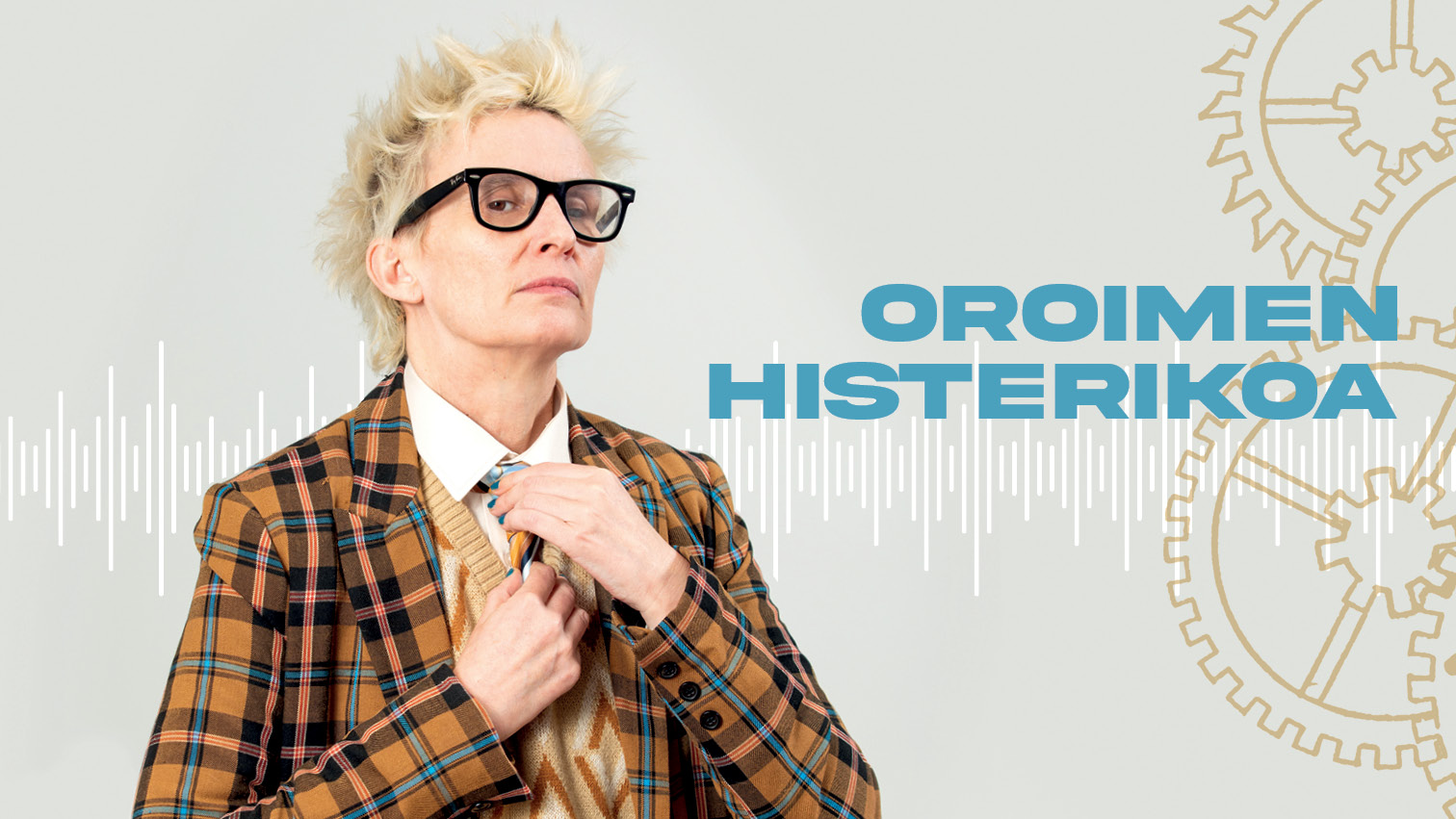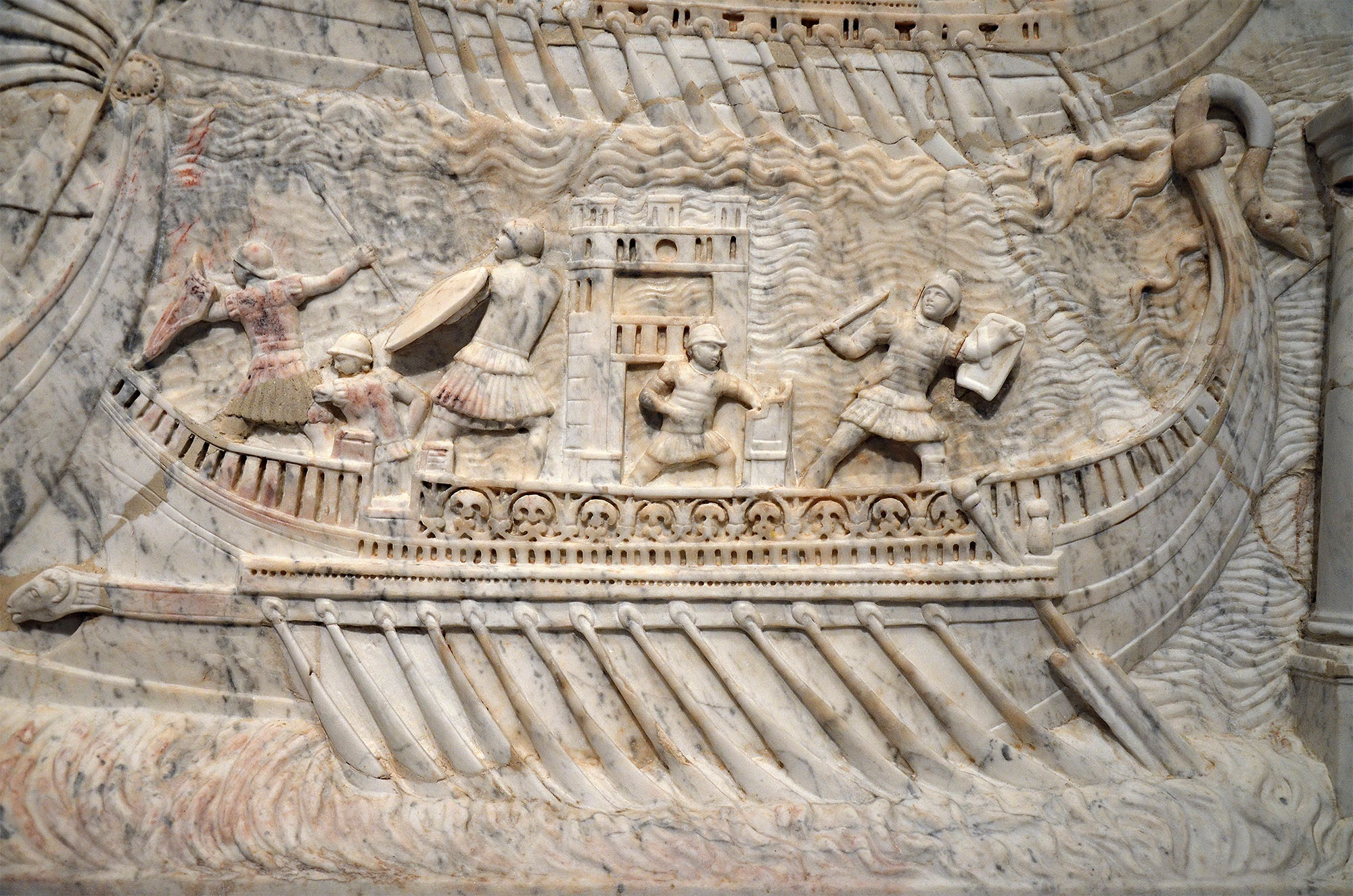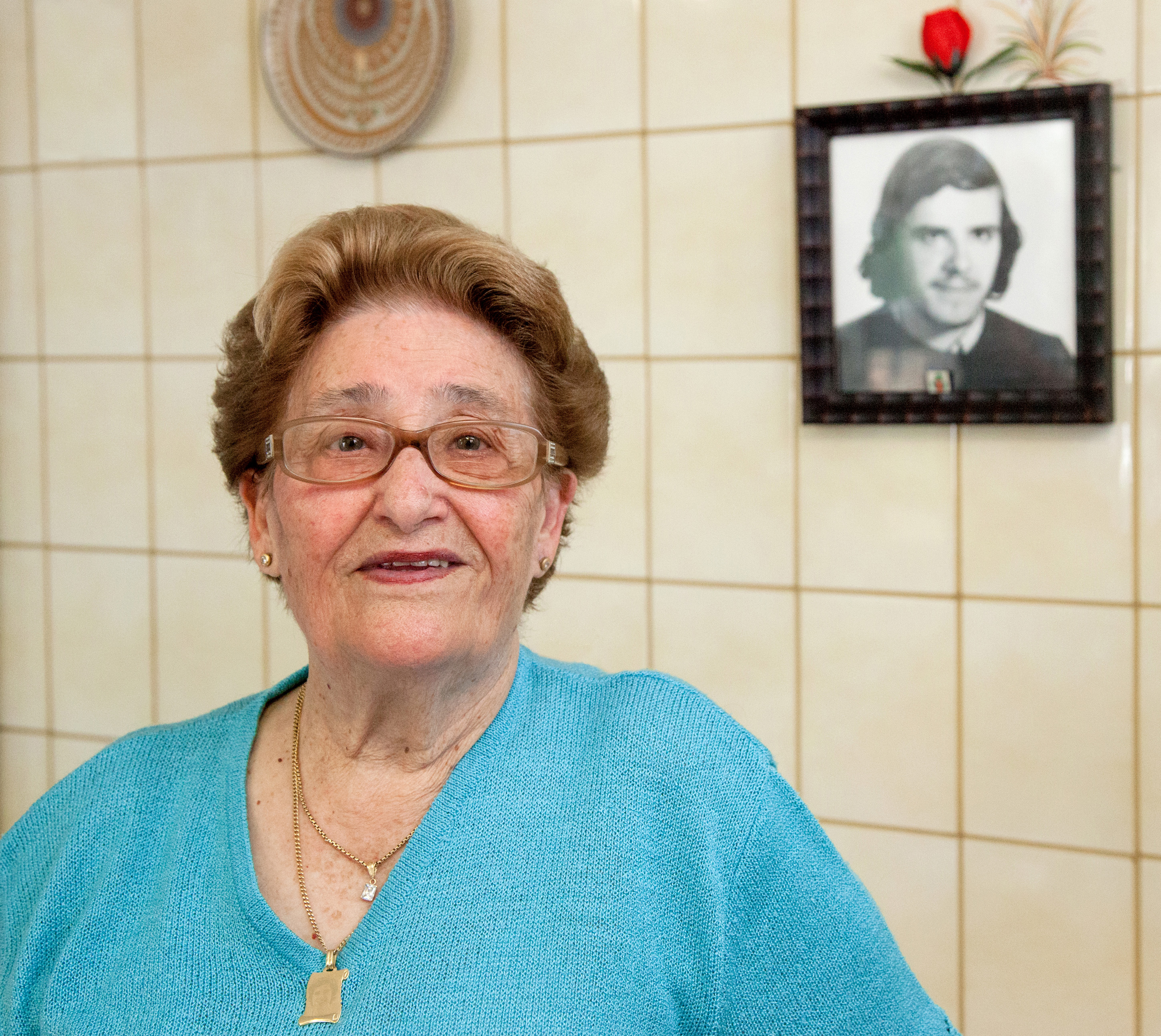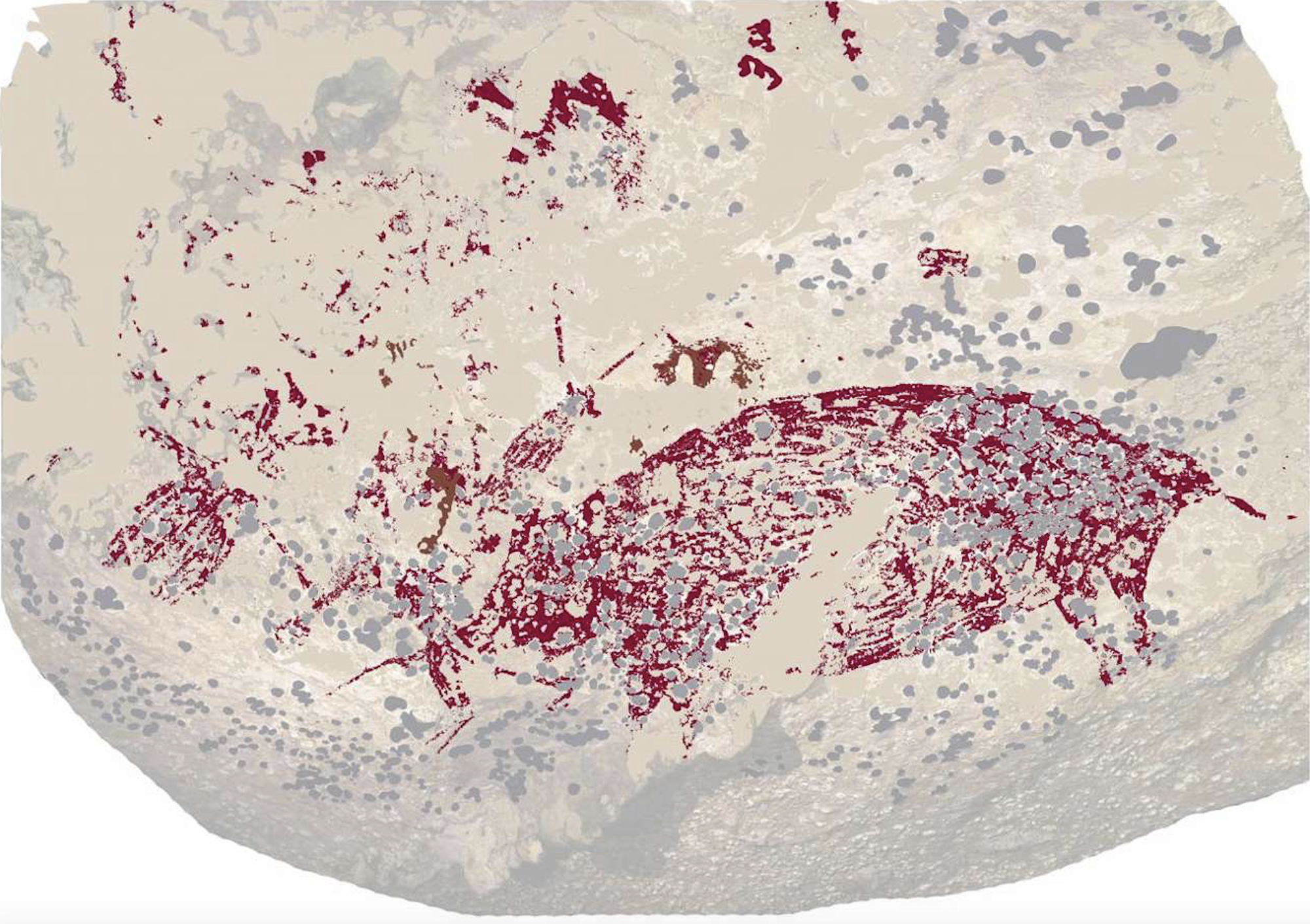New podcast from Wednesday in ARGIA: 'Hysterical Memory'
- 'Hysterical Memory' is the new podcast of historian Nagore Irazustabarrena. In the company of journalist Axier López brings us a passage or a historical curiosity wrapped in a 15-minute story. Every Tuesday you will be able to listen to the program at ARGIA, our regular audio platforms and social networks.

Historian Nagore Irazustabarrena, along with journalist Axier López, begins a new historical podcast. Every week they will focus on the past, turn history into a story and address the most well-known historical passages from where few look, and, if not enough, will voice those that no one has told us. In the first session, for example, he talks about the circumstances of the foreskin of Christ, a valuable relic.
In this link you can hear the first session.
If you manage to escape the multitude of tourists and look from the Concha railing to the Donostia pier, perhaps the imagination will accompany you in the time when it was an intense marine commercial city, in which the soundtrack of the gulls will accompany you. Perhaps you are... [+]
Despite the black skin and curly hair, they remained invincible men, with the intelligence and resentment of human beings.” So he wrote about the slaves CRL James in the book Jakobino Beltzak, who masterfully narrates the Haitian revolution. So many brutalities, torture and... [+]
The epic is built on the lives of many men and knowing that makes society more mature.” The writer Bibiana Candia is right. In Azucre (Pepitas de Calabaza, 2021) we are told the tragedy of the enslaved Galician migrants of the 19th century, but that story would have been... [+]
We are in the most industrialized territory of the Basque Country, the Left Margin of the Ibaizabal, or the Ría de Bilbao, if you will. Here the fireplaces had ordered it once. But to feed them, we used not only coal, but also the sweat of thousands of workers, and even more,... [+]
From the Mountain of Navarre, thousands of people took to America in the 19th century to survive in grazing or other activities. Historian Raquel Idoate recovers in her thesis the history of some 4,000 of them: how the trip was made, how they were invested in, roles about... [+]
Gulf of Ambracia (Ionian Sea). In the 15th century a. 2 September 31. The Romans achieved victory in the naval battle of Accio and ensured control over Egypt. Therefore, the Greek hegemony in the Mediterranean is concluded on that date, but the Hellenic influence has remained so... [+]
In the desert of Coahuila (Mexico), in the dunes of Bilbao, remains of a human skeleton have been found. After being studied by archaeologists, they conclude that they are between 95 and 1250 years old and that they are related to the culture of Candelaria.
The finding has been... [+]
In the south of the Indonesian island of Sulawesi, in the cave of Leang Karampuang, archaeologists from the Griffith and Southern Cross universities and the Indonesian National Agency have discovered a painting of three anthropomorphic figures and a boar. According to the study... [+]






















